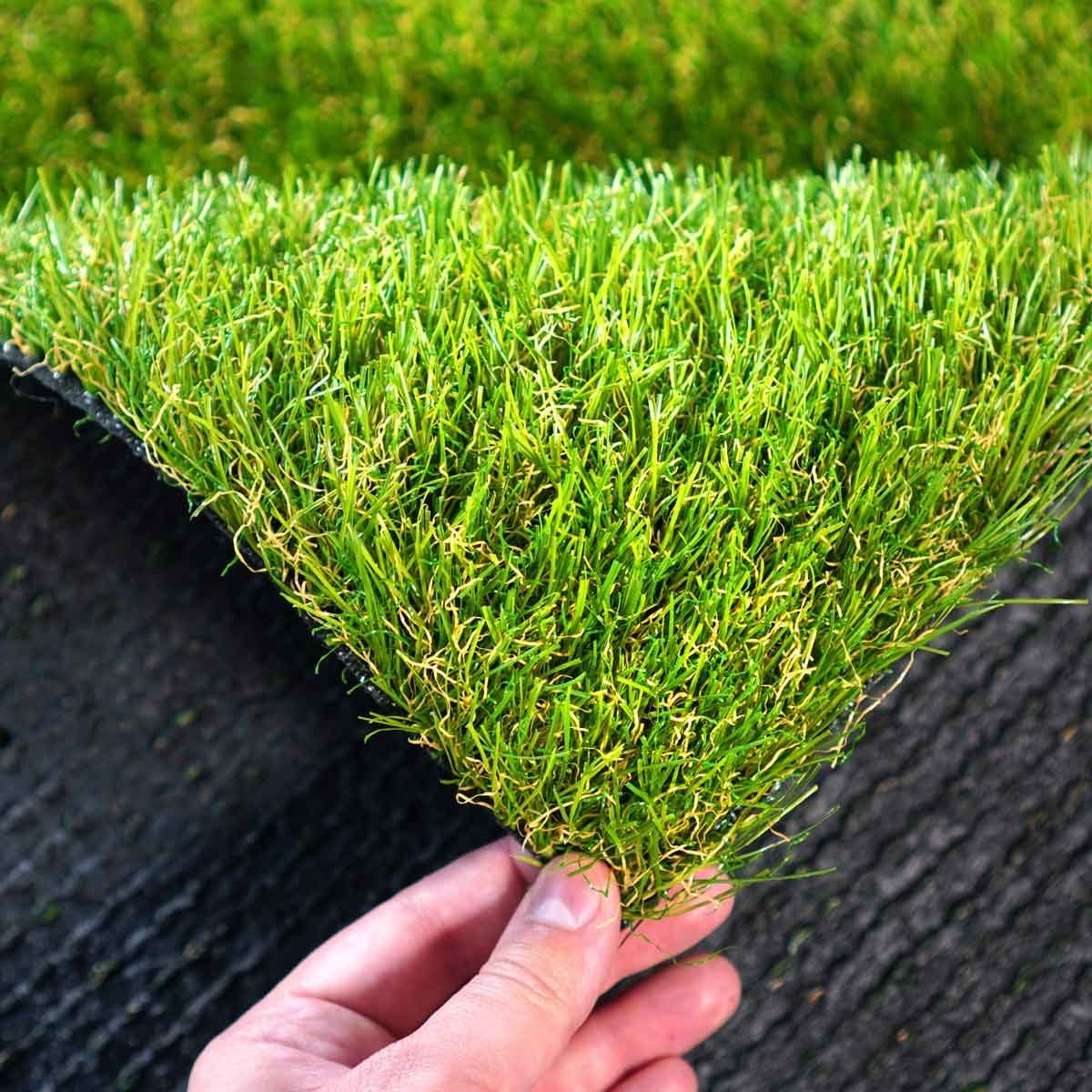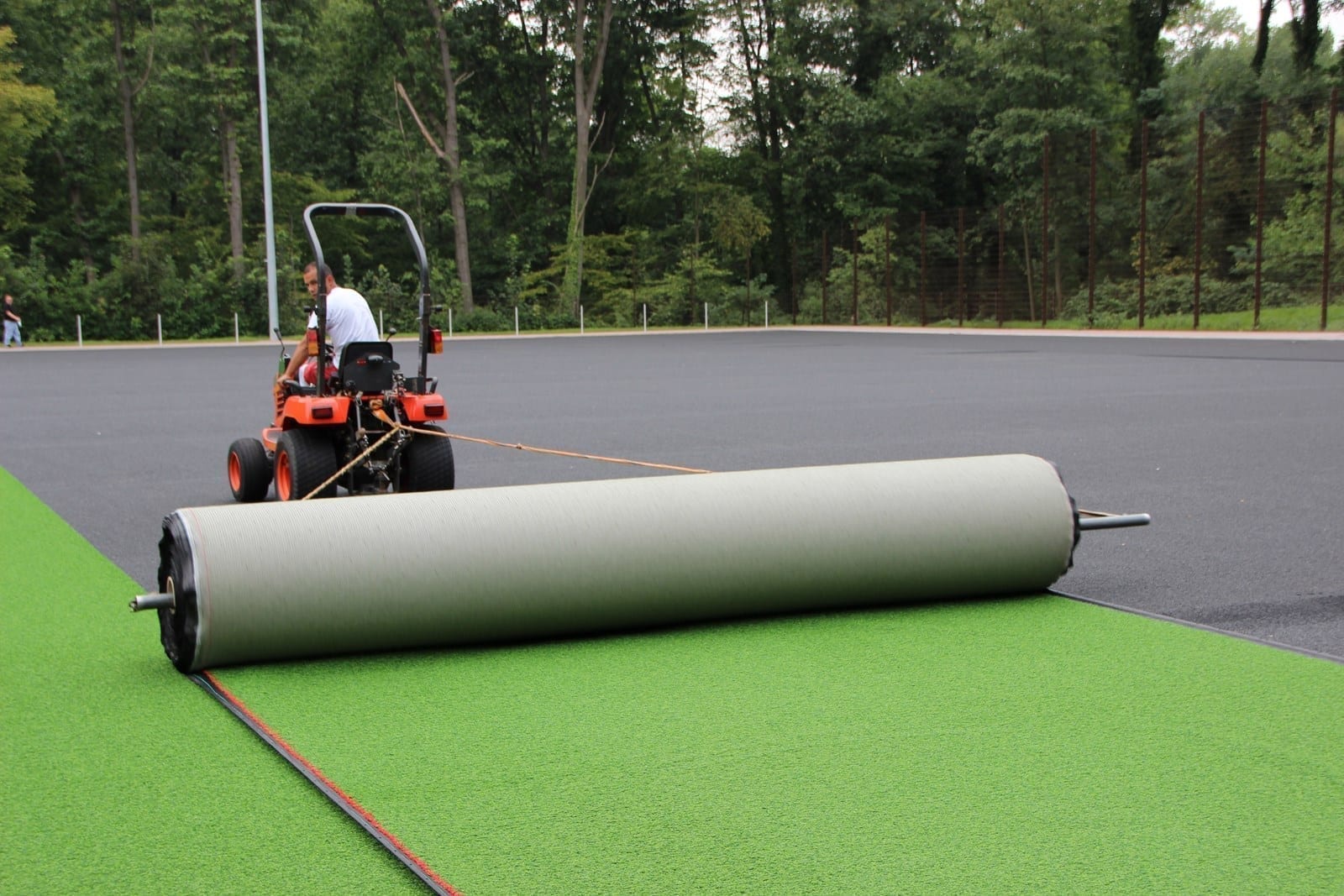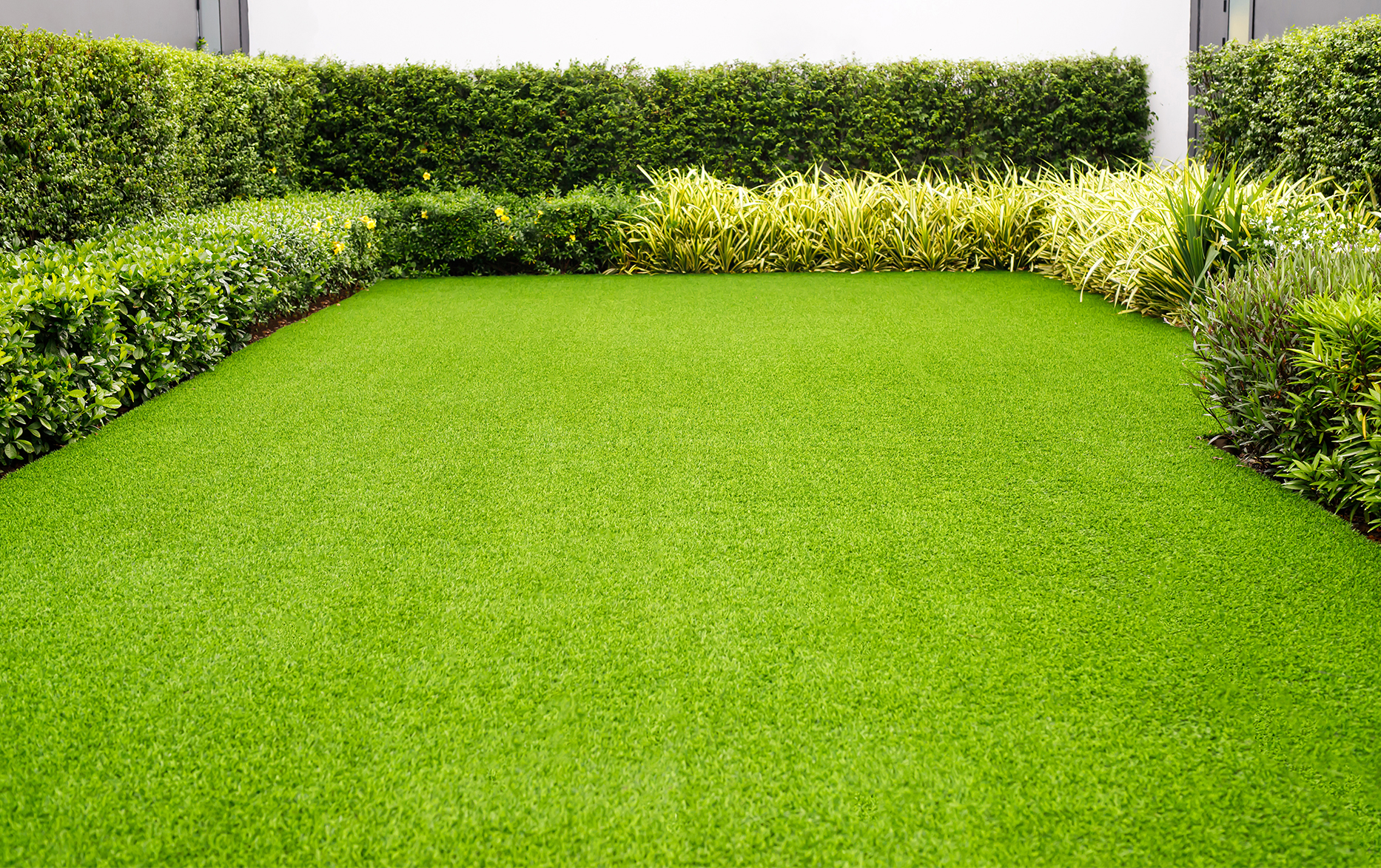Choose Reliable Artificial Turf Companies Phoenix for Durable and Realistic Grass
Choose Reliable Artificial Turf Companies Phoenix for Durable and Realistic Grass
Blog Article
See Why Homeowners Prefer Synthetic Grass for Lasting Landscape Design Practices
As home owners progressively prioritize sustainability in landscaping, synthetic grass has emerged as an engaging option to standard grass. What continues to be to be explored is the full scope of benefits that fabricated turf can provide to homeowners and the environment alike.
Water Preservation Benefits
Among the most considerable benefits of man-made turf is its function in water preservation. Conventional yard yards need considerable quantities of water to maintain their lavish look, commonly bring about overuse of regional water resources, particularly in dry regions. In comparison, man-made turf removes this need totally, as it does not need watering. This not only saves water however also minimizes the strain on metropolitan water systems, specifically throughout dry spell problems.
Furthermore, the setup of synthetic grass can add to an extra sustainable landscape. Property owners can dramatically lower their water costs, enabling reallocation of resources to various other ecological campaigns or family usages. Furthermore, synthetic grass is made to stand up to numerous weather problems without the requirement for additional watering, making it a suitable selection for regions facing water deficiency.
The ecological advantages extend past immediate water financial savings. By decreasing water intake, man-made grass helps to alleviate the effects of environment change, protecting crucial ecological communities that are threatened by extreme water extraction. As lasting landscaping practices get traction, synthetic grass emerges as a responsible option for property owners seeking to develop environment-friendly exterior rooms.
Minimized Upkeep Efforts
Synthetic grass dramatically reduces upkeep initiatives contrasted to typical grass lawns. With man-made turf, home owners can get rid of the lengthy jobs related to all-natural landscape design, such as mowing, fertilizing, and weeding. This not just conserves important time but also reduces physical labor, making lawn care accessible for people of any ages.
One of the most remarkable benefits is the absence of regular mowing. Traditional lawns call for frequent cutting to maintain an aesthetically pleasing elevation, whereas artificial grass continues to be constantly lavish without the demand for cutting. Furthermore, house owners no more require to use chemicals or fertilizers, which are often required to keep natural lawn healthy and balanced. This shift not just lightens the workload yet additionally promotes a neater, a lot more consistent appearance year-round.
Furthermore, synthetic grass is resilient and long lasting, calling for minimal maintenance past periodic cleaning and washing to get rid of particles. This convenience of upkeep permits house owners to enjoy their outside areas without the constant concern of maintenance, supplying even more time for recreation and family tasks. Ultimately, the reduced upkeep initiatives linked with man-made turf make it an appealing alternative for those looking for a low-maintenance, visually appealing landscape.

Environmental Influence Reduction
There is an expanding recognition of the environmental advantages related to fabricated lawn, specifically in terms of water preservation and lowered chemical usage. Traditional grass need considerable quantities of water, specifically in drought-prone areas, resulting in increased pressure on neighborhood water sources. In contrast, man-made turf gets rid of the requirement for irrigation, substantially reducing water usage and promoting sustainability.
Additionally, traditional yard upkeep usually includes the application of pesticides, herbicides, and fertilizers, which can add to soil you could check here and water pollution. Synthetic grass alleviates this environmental threat by calling for marginal maintenance and essentially getting rid of the need for dangerous chemicals. This not just improves dirt health yet also protects neighborhood ecological communities from harmful overflow.
Additionally, the production of natural grass lawns generally entails making use of nonrenewable fuel sources for cutting and landscape design tools, additional contributing to greenhouse gas exhausts. By picking fabricated lawn, property owners can significantly lower their carbon impact related to yard treatment activities.
Aesthetic Allure and Versatility
Along with its environmental advantages, synthetic grass uses considerable visual appeal and versatility for landscaping. Homeowners can attain a lavish, green appearance year-round, eliminating the seasonal changes commonly related to all-natural yard. This constant aesthetic not just enhances the aesthetic charm of a home but likewise adds to a sleek and well-maintained look.
Furthermore, fabricated turf is available in a variety of textures, shades, and styles, permitting modification to suit individual choices and layout styles - Arizona artificial turf. Whether utilized in residential gardens, commercial spaces, or recreational areas, it can effortlessly incorporate into varied landscape design designs, from modern minimal to lavish tropical settings
The adaptability of artificial turf expands past simple look; it can be mounted in different areas, including rooftops, outdoor patios, and even interior spaces, developing opportunities for special landscape design remedies. In addition, it is appropriate for a variety of tasks, from children's play locations to pet-friendly atmospheres, giving functionality without jeopardizing design.
Ultimately, the aesthetic charm and convenience of artificial lawn make it an attractive option for homeowners looking for sustainable landscape design remedies that do not compromise charm for environmental obligation.

Long-Term Cost Financial Savings
One of the most engaging advantages of synthetic grass is its possibility for long-lasting price savings. Unlike all-natural grass, which requires routine maintenance-- consisting of mowing, watering, fertilizing, and bug control-- fabricated grass dramatically reduces these recurring expenses. Homeowners can save a substantial amount on water costs, particularly in regions where water scarcity is a pressing problem. The elimination of lawn treatment solutions even more contributes to monetary savings, as there is no demand for customized equipment or labor.
In addition, synthetic grass has a life-span of 15 to 25 years, depending upon its top quality and use. This sturdiness lessens substitute costs, making it a more cost-effective option over time. In addition, the first financial investment in synthetic lawn can usually be recouped via the cost more helpful hints savings accumulated over time.
While the ahead of time expense might seem higher compared to turf installment, the advancing financial savings from reduced maintenance and water use typically outweigh these first expenses. Ultimately, the adoption of man-made grass not just advertises a lasting landscaping remedy yet also supplies home owners a monetarily wise option that straightens with lasting budgeting objectives.
Verdict
Fabricated lawn becomes an engaging option for sustainable landscape design, using substantial benefits in water conservation, minimized maintenance efforts, and lessened environmental influence. Its aesthetic appeal and adaptability boost the visual landscape while straightening with modern-day sustainability goals. Lasting cost financial savings contribute to its appearance for property owners. As neighborhoods progressively prioritize eco-friendly methods, the adoption of man-made turf represents a progressive step toward attaining resilient and sustainable landscapes.
Additionally, fabricated lawn is made to hold up against different weather conditions without the demand for supplementary watering, making it visit this site an excellent choice for areas encountering water scarcity. (Arizona artificial turf)

Man-made turf arises as an engaging option for lasting landscaping, offering substantial benefits in water preservation, minimized maintenance efforts, and lessened environmental effect.
Report this page